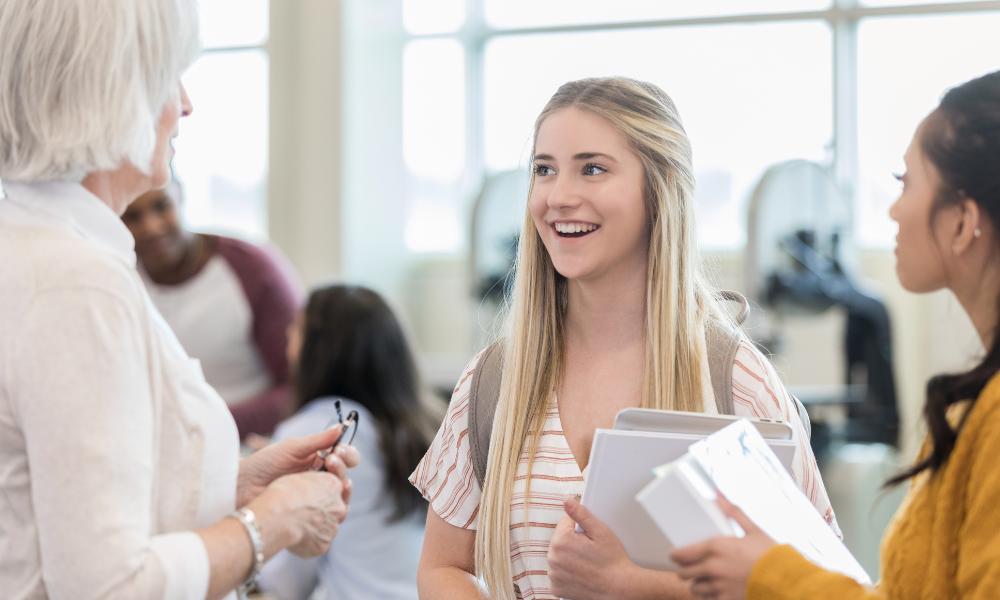The Visible Life: Building Authentic Student/Patient Relationships
By Lori Mize, PT, DPT, WCS

Wife, Mother, Physical Therapist, Teacher, Professional, Servant, Member….
Something caught me by surprise when I began working with students full-time in the academic world. I find very interesting (and awesome) how they have this inner desire to know just as much about how to be an adult, professional, wife, or mom as they want to know about classroom physical therapy content.
I also feel a figurative smack in the forehead and imagine hearing, “Duh!” really loud. People were designed for relationships and community. Students need this personal relationship not only with their classmates, but also with instructors introducing them to the fine profession we call physical therapy.
Our students are watching us in the classroom and elsewhere in our lives. (Cue Sting song: “I’ll Be Watching You.”) They seek role models, but we often leave our lives at home and our work at work.
When I was a student on clinical rotations, I had a rather cheeky clinical instructor in an acute care setting once tell me that I revealed too much information to my patients. I disagreed! I would have seen her point if I had revealed something inappropriate like my address, detailed childbirth experiences, etc., but I just talked to them. I tried to find commonalities between where we were from, our children, interests, anything but more medical jabbering.
Interpersonal relationships matter, even those kept at a protected distance between patient and therapist. In our profession we more easily acknowledge the healing power of relationships with our patients. We even cite research that points to the patient-professional relationship being as important as the latter’s skill and intervention.
Yet throughout PT curriculum, emphasizing (appropriate) interpersonal relationships and mentorships with students is not our strong suit. We pride ourselves in our “biopsychosocial” approach to patient care but often forget to apply that same concept to our students.
What causes this invisible barrier of access? (Cue MC Hammer song: “Can’t Touch This.”) Sure, risks must be managed—we’re in a litigious society–but I think it may be something more. I think we’re holding back from our students because we fear our vulnerability, exposure, and failure. We subscribe to a never-let-them-see-you-bleed mentality, when in reality, they would learn just as much, if not more, if they did see us bleed … and then recover!
My literature search about the effect of relationships and mentorship outcomes between students and instructors has come up empty. I’m sure this is primarily due to the many variables that contribute to the research question and the difficulty of identifying specific enough questions. However, I plan to study this, to find out how we can transform students into better, more amazing, passionate, and fulfilled physical therapists. We must learn how to identify what may be a missing element in our teaching environments.
Students are no different from patients. I believe they—and their learning–thrive better with trusting relationships. And when personal relationships and mentorships occur, they get to learn how to be adults, good partners, parents, professionals, servants, and so on. Sometimes, that gets messy, but I think they benefit from that, too.
Why should they have to wait until they graduate and have a job to begin that relationship and mentoring process? Let’s all start advocating for a more “whole-person” approach during a student’s most formidable time. (Cue climax of various superhero theme songs.)
AUTHOR: SOWH Director of Education Lora “Lori” Ann Mize, PT, DPT, WCS, is an associate professor at Lynchburg College in Virginia.


